How to Use Weed and Feed for Your Lawn
BY LASHONDA TUCKER | AUGUST 7TH, 2023 | BLOG, LAWN CAREYou cannot create an attractive and healthy lawn just by eliminating weeds. It is also essential to feed your grass the necessary nutrients. Weed and feed products allow you to check both these lawn care tasks off your list in one go. This article will explore how to use weed and feed for your lawn.
These products are designed not only to control weeds but also to foster healthy, thriving, green grass. In addition to how to use weed and feed, this article also discusses what weed and feed is, how it works, and how it can be a friend or foe.
When to Apply Weed and Feed
It is best to apply weed and feed when the temperature is between 60 and 90 degrees Fahrenheit during the day. Most areas of the country experience these temperatures in late spring and early fall.
It is easier to manage perennial weeds and several types of annual weeds during this time of year. Spring and fall are also the best times to fertilize your lawn, depending on your grass type – late spring for warm-season grasses, fall for cool-season grasses.
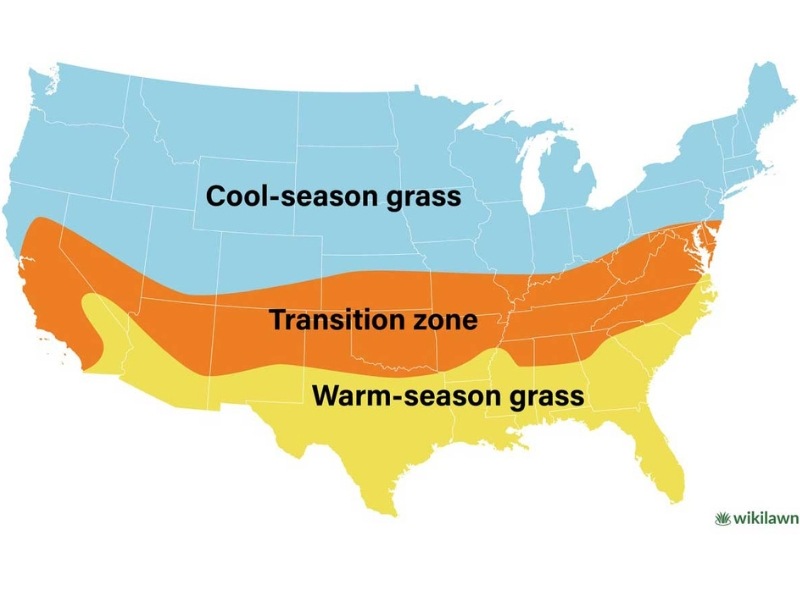
Infographic by Juan Rodriguez
Products with nitrogen should not be used until the soil temperature at a depth of 4 inches is consistently 65 degrees Fahrenheit. If the product has potassium instead of nitrogen, it can be applied during the end of winter or early spring.
Keep in mind that grass should be fertilized at specific times and intervals to remain healthy. Weed killers must also be applied at specific times of year to be effective. The proper timing for fertilizer and weed control doesn’t always overlap, which is one reason why weed and feed can be bad for your lawn.
Do not apply weed and feed more than twice annually, and do not use the products in extreme temperatures, hot spells, droughts, or on windy days.
Preparing Your Lawn for Weed and Feed
Using weed and feed takes pre-planning to make sure the product works. Here are some things you can do before applying weed and feed to ensure the best possible results:
— Select a day to apply weed and feed when it is not forecasted to rain for about a week. Water will wash away the product before it can take effect.
— For new lawns recently seeded, do not apply weed and feed until the grass has grown enough that you’ve had to mow it twice.
— About two days before you apply weed and feed, mow your grass to a normal height. This will help the weed and feed absorb evenly into your lawn.
— Watering your grass helps granules adhere to the weeds. But do not water it too much, as it will have an adverse effect. The grass should be slightly damp when you apply the product.
How to Apply Weed and Feed
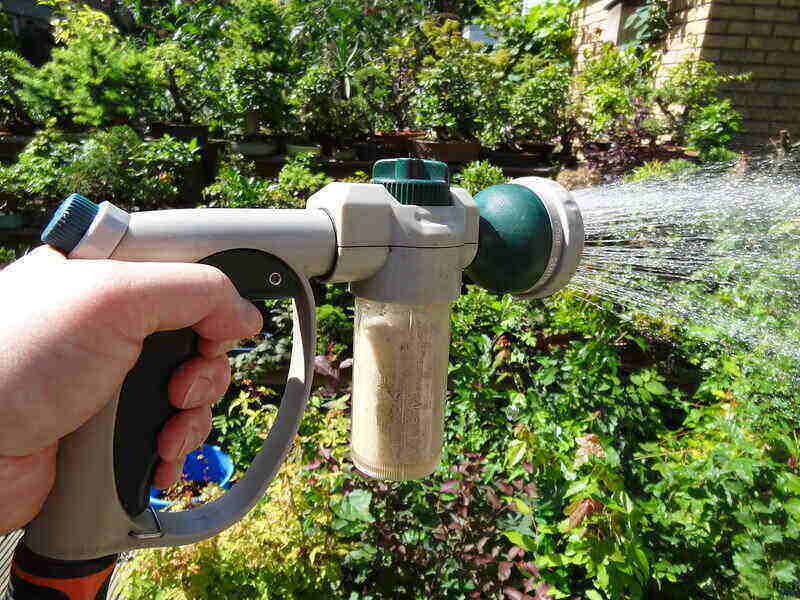
Photo Credit: Jerry Norbury / Flickr / CC BY-ND 2.0
Make sure you use the proper tools to apply weed and feed and wear protective clothing and accessories. You do not want to be exposed to these toxic chemicals any more than necessary.
Tools needed:
— Sprayer for liquid weed and feed
— Drop-type spreader or rotary spreader for granules
Steps to apply weed and feed:
— For liquid weed and feed, mix and spray as per the product label’s directions.
— For granules, follow the product label’s instructions for adjusting the spreader settings.
— Open the spreader as per the product’s directions.
— Add the weed and feed in the amount indicated by the package instructions.
— If you are applying near plants you do not wish to kill, place plastic over them or use a drop spreader to protect the vegetation.
— Start at the edge of your lawn and go back and forth in parallel lines, spraying or spreading the weed and feed product consistently as you go. Move similarly to how you would if you were mowing, but overlap yourself slightly. This ensures every area is covered.
— Do not water or mow your lawn after applying weed and feed. Follow the product’s instructions for when to do so for granules and liquid products. If your product has no instructions, see our article on when to water the lawn after applying weed and feed.
Safety Precautions
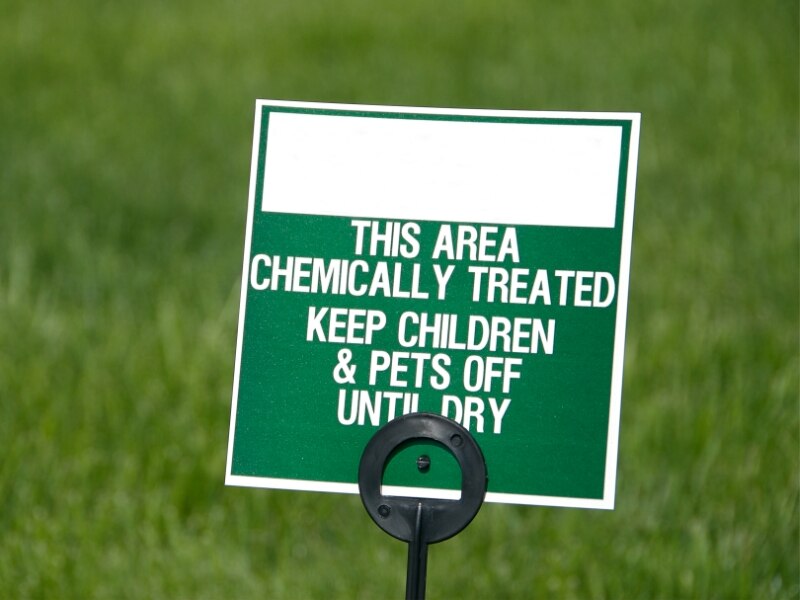
Photo Credit: ArtBoyMB / Canva Pro / License
Weed and feed products contain a combination of dangerous chemicals, like MCPP, 2,4-D, and dicamba. Some of these have been linked to chronic toxicity and cancer. Keep children and pets out of the treated area for as long as possible.
Wait until after a heavy downpour before allowing them back in the yard. If you used a granular product, make sure you can no longer see the granules.
If you would rather use a product that doesn’t put your loved ones at risk, see our list of pet-safe weed killers, which are safe to use around children, too.
Why Weed and Feed Did Not Work
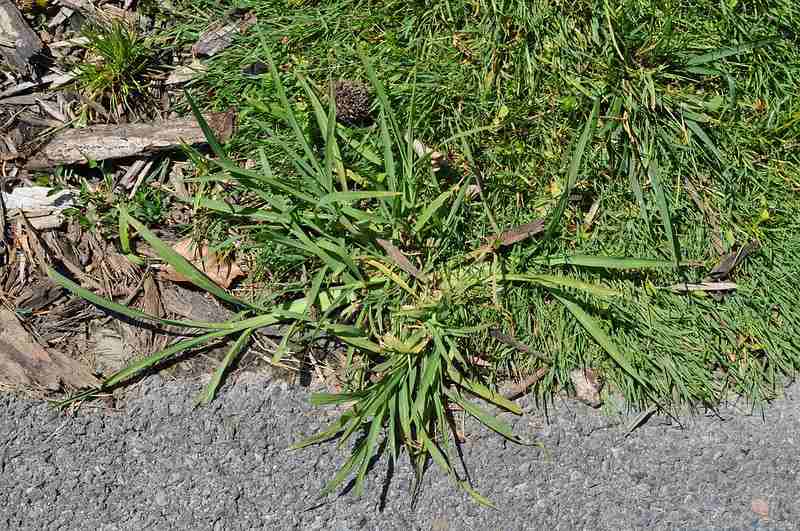
Photo Credit: NY State IPM Program at Cornell University / Flickr / CC BY 2.0
Here are some reasons your weed and feed application may not have worked:
— These products only work on broadleaf weeds and not grassy weeds like crabgrass. To treat crabgrass, you’ll need a product with a specific crabgrass preventer. Read the label to identify which weeds the product targets.
— You may have watered the grass too soon, or it may have rained too soon after the weed and feed application.
— Weeds must be mature and actively growing for weed and feed to be effective. So, you may have applied it at the wrong time in the weed’s life cycle.
— You did not follow all the prepping steps.
What is Weed and Feed?
“Weed & feed” is what pre-emergent and post-emergent herbicides are called when they include a lawn fertilizer to nourish the grass. These products can improve your grass when applied at the right time. Improved, healthy grass reduces the chances of weeds sprouting.
Pre-Emergent Weed and Feed: Most weed and feed products are post-emergents. They should be applied before weeds sprout to prevent the weed seeds from germinating. Some, like Scott’s Turf Builder, offer options with crabgrass preventer.
Post-Emergent Weed and Feed: Weed and feed post-emergents consist of dicamba and other chemicals that attack broadleaf weeds like dollarweed, dandelions, and plantain. They kill weeds that are actively growing, and they work most effectively when the weeds are young and vulnerable.
When a post-emergent weed and feed is applied, the weed’s foliage absorbs the toxins. Dicamba is a chemical that penetrates the plant’s roots, making the post-emergent more toxic to the weed. Homeowners should be aware that other plants also absorb the chemical and can be damaged. Be careful not to apply post-emergent weed and feeds on plants you want to keep around.
Pre-Emergent and Post-Emergent Weed and Feed: Some products contain chemicals that are pre-emergent and post-emergent, which means they can kill currently growing weeds and prevent weeds from growing in the future. The chemical atrazine is an example.
Selecting the Right Weed and Feed
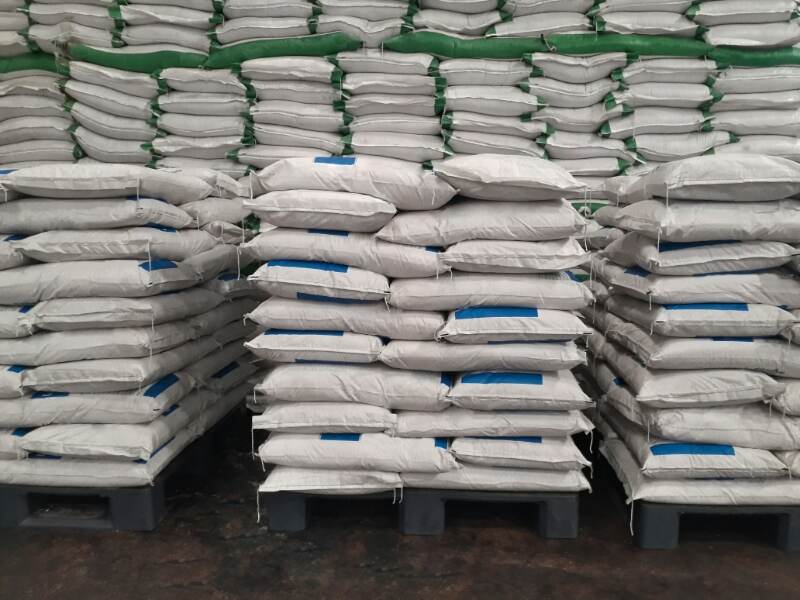
Photo Credit: Srinuan Hirunwat / Canva Pro / License
Selecting the right weed and feed is similar to choosing the appropriate weed killer or fertilizer separately. Be familiar with the weeds you need to eliminate and the type of grass you have. Make sure you know the best time to apply fertilizer to your lawn.
Read weed and feed labels to ensure the herbicide kills the type of weeds you have, determine if your grass has to be at a certain stage to use the product, and make sure the time of year to apply the herbicide coincides with the time your grass should be fertilized.
Here are some examples of weed and feed chemicals and products. Included are examples of weeds and grass types they can be used on:
Ace Lawn Weed Killer
— Attacks broadleaf weeds
— Safe to use on: Bermudagrass, Kentucky bluegrass, and Zoysiagrass
MCPP, 2,4-D, and Dicamba Mixture
— Attacks broadleaf weeds
— Safe to use on: St. Augustinegrass, tall fescue, Bahiagrass
Scotts Turf Builder
— Contains 2,4-D and Dicamba
— Controls several weeds, including common weeds like clover, henbit, and chickweed
— Offers products with crabgrass preventer
— Safe to use on: Centipedegrass, Bahiagrass, Kentucky bluegrass, ryegrass, and fescue
FAQ About How and When to Use Weed and Feed
How long should you wait before reseeding a lawn after applying weed and feed?
Weed and feed can stop seed germination, so you must ensure it is completely absorbed before reseeding. Wait four weeks before planting grass seed. Likewise, waiting four weeks before overseeding your lawn is also best.
When is a lawn treated with herbicides safe for children and pets?
Allow a hard rain to wash away any residual from the herbicide. You can also water your grass a few days consecutively before letting children and pets on the grass.
When not in use, keep herbicides out of the reach of children and pets. These chemicals can be just as harmful to pets as they are to humans.
How can I reduce runoff from herbicides?
Herbicides that have spilled over onto hard surfaces like sidewalks or roads can be washed into storm drains. Use a rake or broom to push the chemicals back into your grass. This will reduce runoff that can harm the environment.
Final Thoughts
You have a few choices to treat weeds. Whether you select pre-emergent, post-emergent, or weed and feed products depends on your specific situation. For example, the types of weeds you have, the stage of weed accumulation, and your grass type are all determinants.
You may also base your decision on how the toxicity of chemicals can affect your family and choose DIY weed killer mixtures that are safe for humans and pets. In this case, you would have to fertilize your grass separately, which is not such a bad thing. Grass clippings left on the lawn after mowing are a natural fertilizer. If you have lawn weeds, avoid leaving grass clippings, as this will spread the weeds.
It is important to practice good lawn care habits to maintain a healthy green lawn and keep lawn weeds from returning. Fertilizing, watering, and mowing your grass appropriately will help reduce the chances of weed growth. Treating your grass for diseases is also imperative.
And if you don’t feel like figuring out weed and feed and other lawn care products yourself, let WikiLawn connect you with qualified lawn care professionals in your area to keep your lawn healthy and appealing for you.